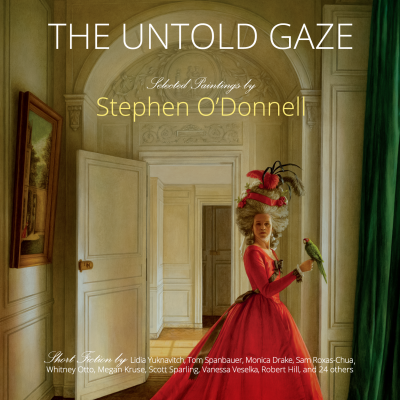 |
| The dauphin Louis-Charles, by Louis-Pierre Deseine, patinated plaster, 1790. |
Louis-Charles de France (March 27, 1785, Versailles – June 8, 1795, Paris), duc de Normandie, dauphin of France after 1789, known by royalists after 1793 as Louis XVII. Second son and third child of Marie Antoinette and Louis XVI.
His story, after the beginning of the Revolution, is well enough known: his family's forced removal in October of 1789 from Versailles to the palais des Tuileries in Paris; the relatively peaceful three years they spent there; their ill-fated escape attempt in 1791, which ended in capture at Varennes, followed by the nightmarish return to Paris; the bloody storming of the Tuileries the next year, when the family barely escaped slaughter, only to then be interned in the medieval tower of the temple, where their living conditions steadily worsened. The remaining family group included his parents, his sister, Marie-Thérèse, and his father's sister, Madame Élisabeth. In December of 1792, Louis XVI was separated from his family and tried for treason. At his execution on January 21, 1793, his seven year old son became the titular king of France and Navarre.
A healthy, happy, affectionate child, he had always been the center of attention in the family - he was particularly doted on by his mother - so everyone was traumatized when, five months after the death of his father, he was separated from his mother, sister, and aunt, and removed to another floor of the Temple, where he was put into the care of the cobbler Simon and his wife for some months. He was treated roughly, and every attempt was made to turn him into a good little "citizen". Historians have argued over the severity of his living conditions during the last two years of his life, whether he was beaten and terrorized, left near starvation in his own filth, but most agree that he endured severe neglect. Other than a handful of brief visits by officials who observed and tried to question him, he lived in solitary confinement. (Before Marie Antoinette's trial in October of 1793, he had been forced to sign charges of molestation against his mother; several accounts give that he refused to speak after this point.) In May of 1795, the child fell seriously ill, but it was several days before a doctor was called. He died alone on June 8. From his autopsy, the doctor concluded that his death was a result of a long standing tubercular infection of the cervical lymph nodes, what was known at the time as scrofula. (He probably had a predisposition to tubercular conditions; previously, his elder brother and infant sister both died from tubercular illnesses.) The doctor also commented that the body of the ten year old boy was covered with old scars that appeared to be the result of beatings. Still, there remains much controversy as to the circumstances of his death - or his disappearance, as some claim - and in the decades after his death, there were many who claimed to be the lost prince, some of whom were taken quite seriously.
As was the tradition with royalty, at his death his heart had been removed and preserved. For the next two hundred and five years it was kept as a relic; its peregrinations, in themselves, are quite the tale. In 2000, DNA tests concluded that the preserved heart was indeed that of Louis-Charles, and in 2004, on the two hundred and ninth anniversary of his death, it was interred, joining the remains of his parents, at the basilica of Saint-Denis, the traditional burial place of French kings.
 |
| The version in marble, commissioned by the queen, was mutilated during the storming of the Tuileries on August 10, 1792; later restored, it is now in at Versailles. |
***
Louis-Pierre Deseine (July 20, 1749, Paris – October 11,1822, Paris), French sculptor best known for his portrait busts. A student of Edme Dumont and, later, Augustin Pajou, he was awarded the prix de Rome in 1780. Sculptor to the prince de Condé, he remained loyal to the Bourbons during the revolution and under the Empire.





No comments:
Post a Comment